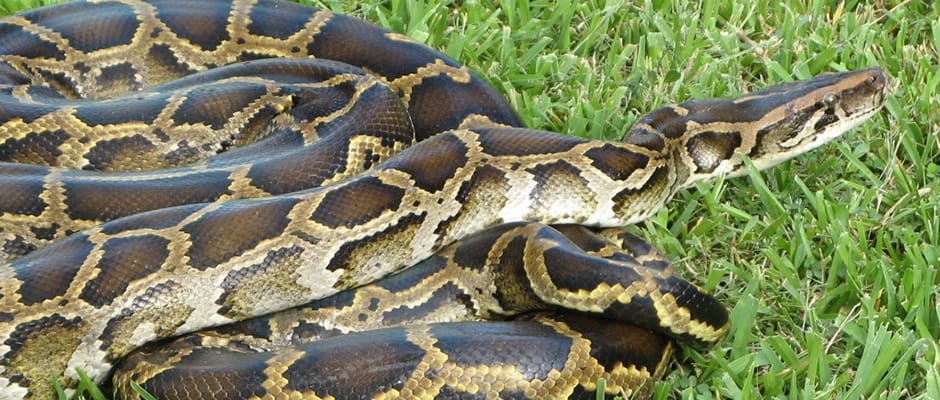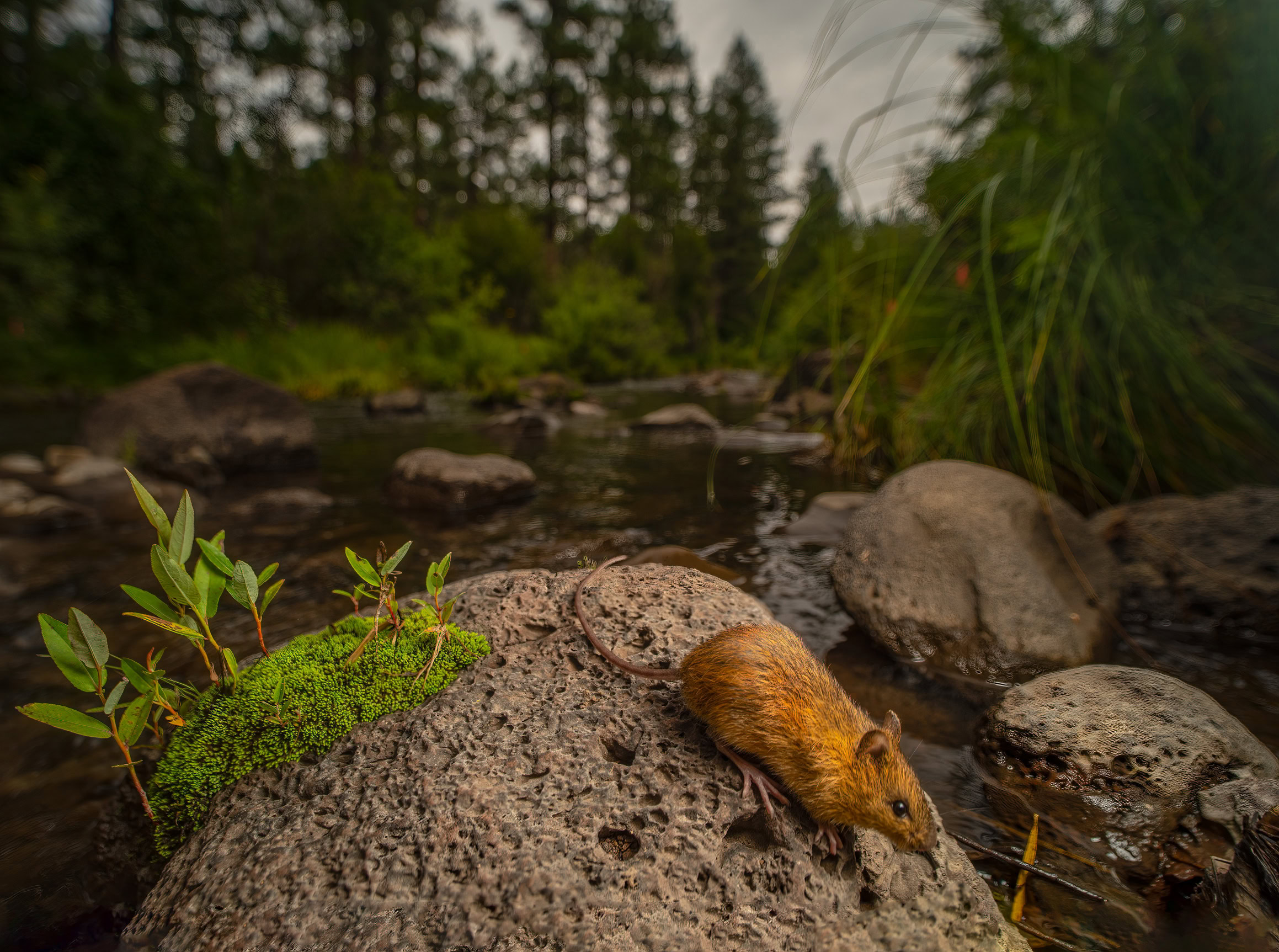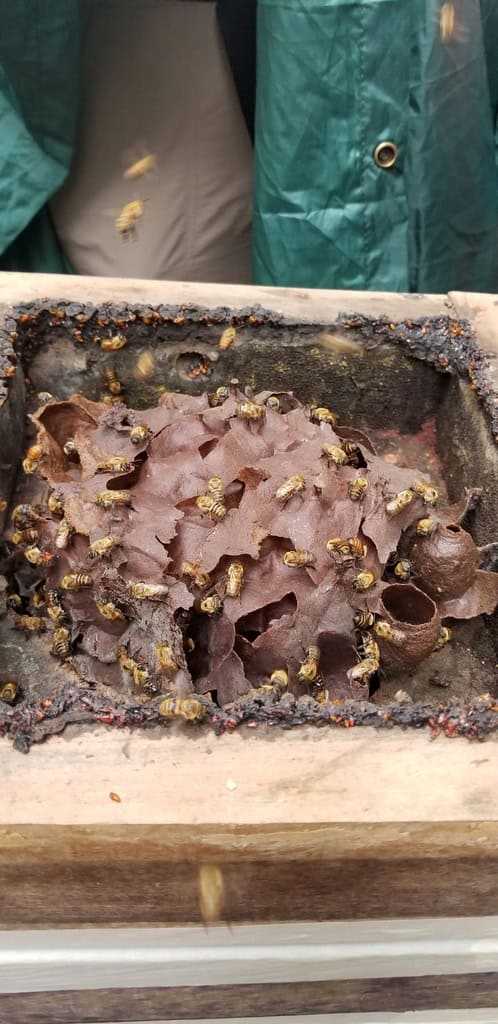Share this article
Burmese Pythons Dine on Marsh Rabbits
For the first time, researchers have empirical evidence that links the presence of the invasive Burmese python (Python bivittatus) to a decline in marsh rabbit (Sylvilagus palustris) populations in the Everglades.
As part of a recent study, published in the journal Proceedings of the Royal Academy, researchers with the U.S. Geological Survey and the University of Florida radio-tracked marsh rabbits in Everglades National Park in Florida from September 2012 to July 2013, and found almost 80 percent of the rabbits that died were eaten by Burmese pythons. “When we tracked the rabbits, we found them inside the pythons,” said lead author of the study Robert McCleery, who is also an assistant professor in wildlife ecology at UF and a member of The Wildlife Society.
McCleery and his team collaborated with scientists who had worked on an earlier study — published in 2012 — that showed small mammals were declining in the 1.5 million acre park at the same time that pythons were proliferating in and around the park. “We designed the experiment to tell us if the pythons were the problem, or the cause of mammal decline,” he said. “We couldn’t go back in time to find out why they died, but we could make predictions.”
The researchers completed a manipulative experiment where they introduced marsh rabbits to selected areas inside and outside the park that supported the marsh rabbit population. “We chose marsh rabbits because they’re pretty resilient to predation and shouldn’t have been susceptible to pythons,” McCleery said. “They also are very common in the Everglades.”
Since the researchers couldn’t find any marsh rabbits in the park, they introduced 31 marsh rabbits to select areas in the park where they suspected pythons would be present. They also put 15 rabbits in Loxahatchee National Wildlife Refuge and 49 in Fakahatchee Strand State Park in control groups where they knew there would be few, if any, pythons. All rabbits were radio-collared so their location could be recorded.
Initially, the population numbers increased due to reproduction, according to McCleery. But over time, the researchers discovered 77 percent of marsh rabbits that died in the Everglades were consumed by the pythons. They also found no sign of marsh rabbits in the areas in which they were released one year earlier. But in the areas outside the park which served as control groups, the populations remained.
The researchers also found warmer and wetter weather was associated with more marsh rabbits being consumed by pythons. “They had stable home ranges in January or February,” McCleery said. “As it got hot and wet, predation pressure from pythons increased the population of marsh rabbits, and they were gone by July.” Higher water levels which allow pythons to swim long distances when searching for food and the fact that pythons feed more frequently when it’s hot, are possible reasons for this correlation, according to McCleery.
While biologists determine next steps in terms of addressing this invasive issue, McCleery is looking toward new research, which involves examining how mammals change their behaviors around pythons. “The next step is to have a concerted effort to address this problem,” he said.
Header Image:
An invasive Burmese python coils up in Everglades National Park in Florida. A new study shows Burmese pythons are the main predator of marsh rabbits, and are facilitating their decline.
Image Credit: U.S. Fish and Wildlife Southeast Region








